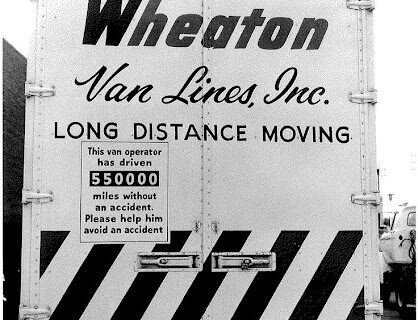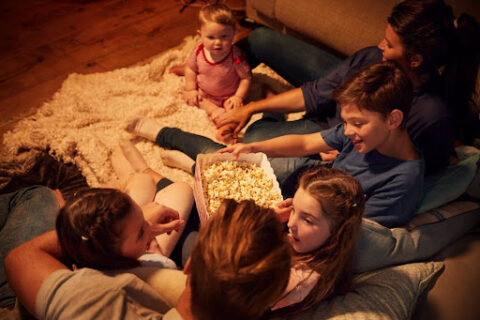On moving day, you may find yourself juggling the responsibilities of parenthood with managing belongings and directing movers.
Moving day doesn’t need to be stressful when you have young children. With a little extra preparation, you can orchestrate a successful move while keeping little ones comfortable and out of the way.
1. Prepare in Advance
First, have as much of the furniture and boxes as possible in easy-to-access locations-the closer to the front of the home, the better. This will prevent movers from having to wade through your belongings or trip over children to get things loaded into the truck.
Pack and load your child’s things last. This way, they will be easily accessed longer before the move, and will be among the first things unloaded and ready to set up in your new place.
2. Organize a Child Moving Day Pack
While you finish up those last day-before packing jobs, set aside one or two days’ worth of essentials in a small bag that’s easily carried and tossed in the car.
The moving pack for your baby or toddler might include:
- Food or snacks
- A bottle or cup
- Formula, water, or other drinks
- 1 or 2 changes of clothes
- Diapers
- Wipes
- A familiar toy or book
Having these items ready in one go-to location will make meeting baby’s needs easier at this busy time.
3. Pick a Central Location with Activities
With things and people coming and going, you’ll want your little one in an easily supervised, yet safe location.
A playpen is a great choice, especially for older infants and toddlers. Many playpens are compact, include wheels for easy transportation, and are quickly packed away.
For younger babies, a blanket on the floor or a bouncer may be a great place. For little ones needing more attention, try hanging toys nearby or putting on some fun relaxing music for your baby to listen to.
If your child is in  another room napping during the loading process, you might want to consider an audio or video baby monitor so you can hear (or see) when your little one needs you.
another room napping during the loading process, you might want to consider an audio or video baby monitor so you can hear (or see) when your little one needs you.
4. Find Balance in Stimulation
Each child needs different levels of stimulation. Some are content to watch people and look around. Others, especially once past the newborn stage, need more interaction from people and things.
Small, age-appropriate activities and toys in a playpen can help entertain older babies and toddlers while mom or dad is busy.
If your television is packed away, a tablet or laptop on a chair or table makes a great option for your child to watch favorite shows.
5. Choose Carrying Options
There are times when children, especially infants, need to be held. For those moments, you may want to think about one of the following options:
- Wraps
- Front carriers
- Slings
- Backpack carriers
These options make multitasking easier by allowing parents to use their hands for other tasks while keeping their baby close and secure. However, they aren’t recommended if you need to lift and carry heavy objects.
Many department stores carry these options. Online tutorials also teach how to make and use these different carrying aids.
6. Simplify Mealtime
Food is an important routine that often comforts us. Meals with small children, however, can be messy. To minimize cleanup during and after the moving process, consider these suggestions for easier feeding:
- Set your baby’s food aside in advance where it won’t accidentally get packed or thrown away.
- Choose normal foods your child enjoys to increase security.
- Select foods that don’t require refrigeration or cooking.
- Keep plenty of easy snacks handy.
- Consider a treat to make the day special.
- Use disposable dishes, utensils, and bibs.
- Have a pack of baby wipes ready for easy cleanup.
If your table is already packed and moved, you may want to lay an old sheet on the floor and eat there. With a quick shake outside, the sheet can be rolled up and stashed in the car.
7. Plan Ahead for Peace of Mind
With a few extra steps, moving day will pass smoothly for both you and your children. Follow these tips and reduce the stress in your family’s move.




